(ECNS) -- China's space station Tiangong can achieve 100 percent production of its oxygen resources through an onboard regeneration system, according to a conference on manned space environment control and lift support technology held in Harbin, northeast China's Heilongjiang Province.
Over the past 55 years, experts at the China Astronaut Research and Training Center have successfully developed three generations of environmental control and life-support system for China's manned spacecraft, as well as relevant products for 15 Shenzhou spacecraft, five Tianzhou spacecraft, two Tiangong target spacecraft, five sets of Feitian extravehicular spacesuits, as well as environmental control and lifesupport systems for the combination of the Wentian and Mengtian lab modules with Tiangong space station.
The expert team has overcome world technical challenges such as oxygen production by water electrolysis, carbon dioxide removal, harmful gas removal, urine treatment, water treatment, and water production with carbon dioxide and hydrogen.
The environmental control and life-support system has created basic living conditions and built a livable working environment for the astronauts in the closed environment of space, ensuring their health and safety. They are known as a "protective umbrella" for the astronauts.
The systems have realized the fundamental transformation from "replenishment" to "regeneration," making outstanding contributions to the construction of China's space station.
"One of our very important tasks in orbit is to maintain the environmental control and life support systems, especially the stable operation of the regenerative life support systems, which allow us to breathe fresh oxygen and drink sufficient water in space, said Astronaut Cai Xuzhe from the Shenzhou-14 mission.








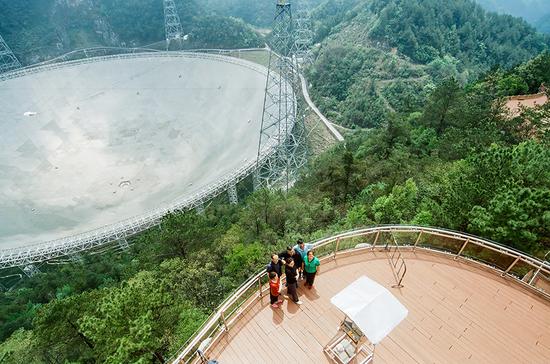


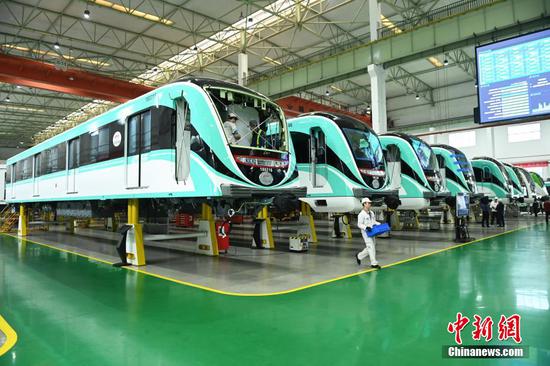




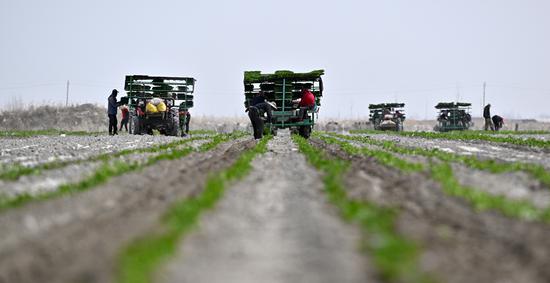

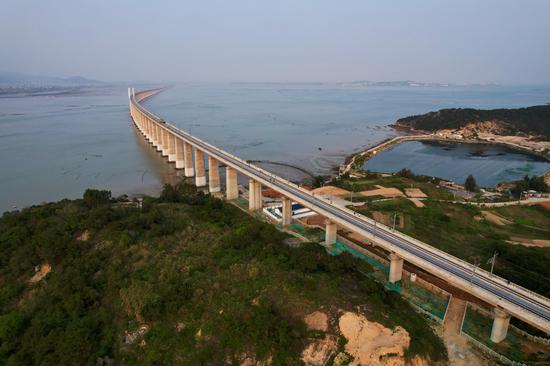


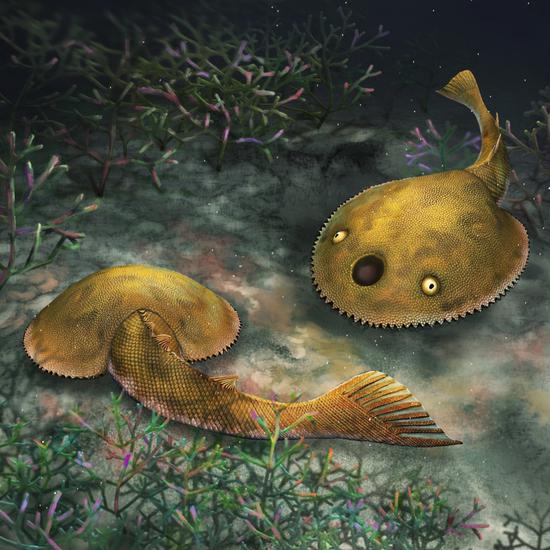
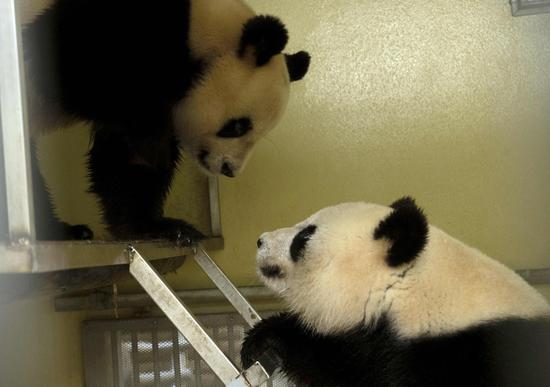
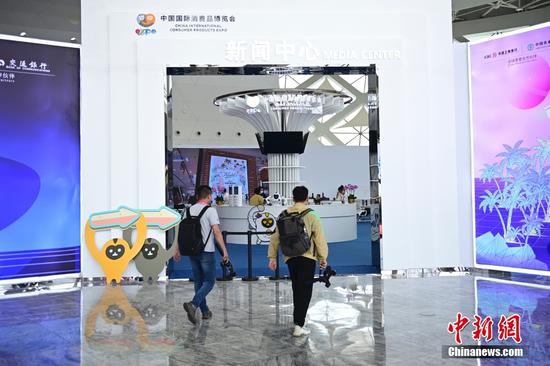

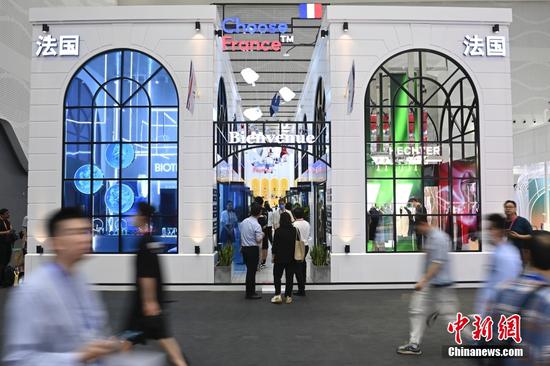






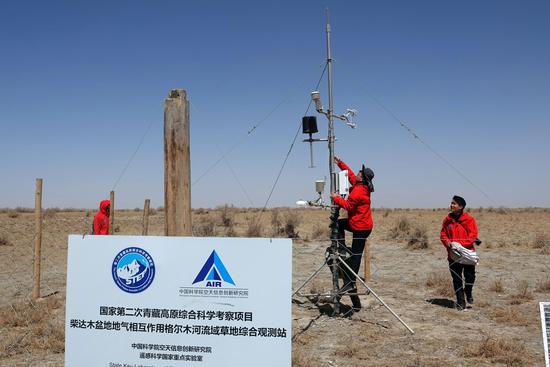
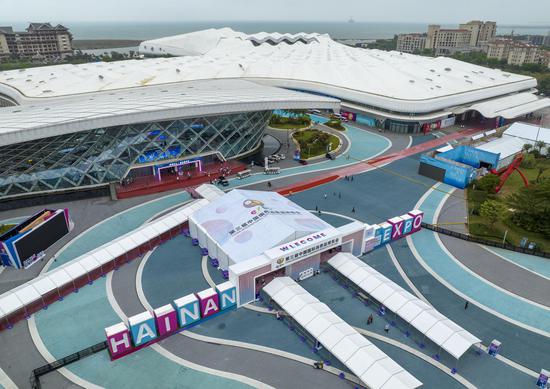
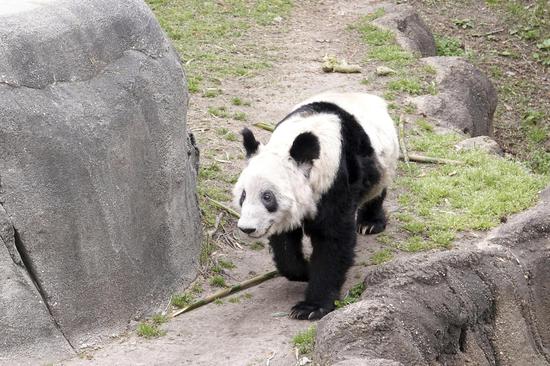
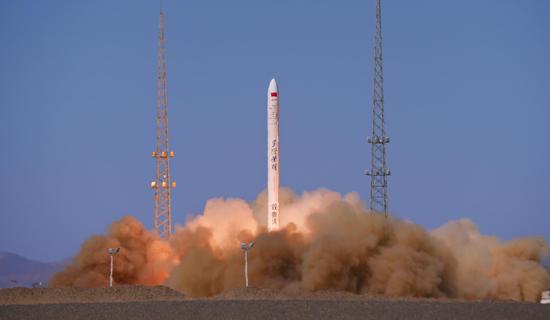

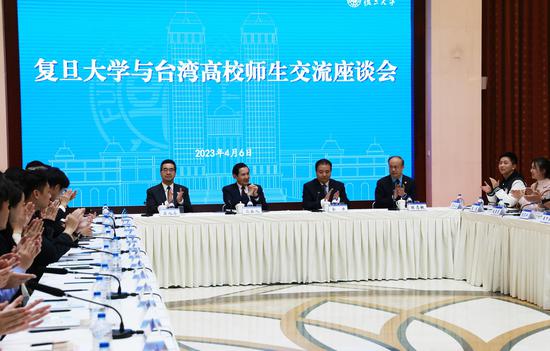
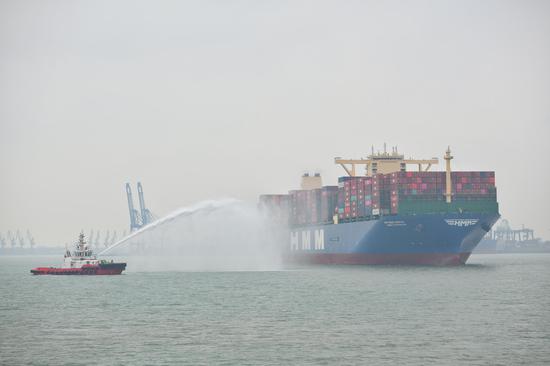
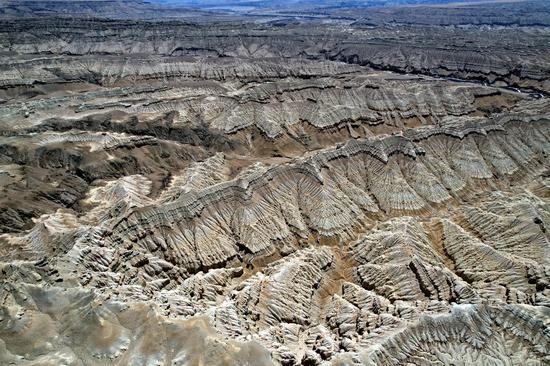
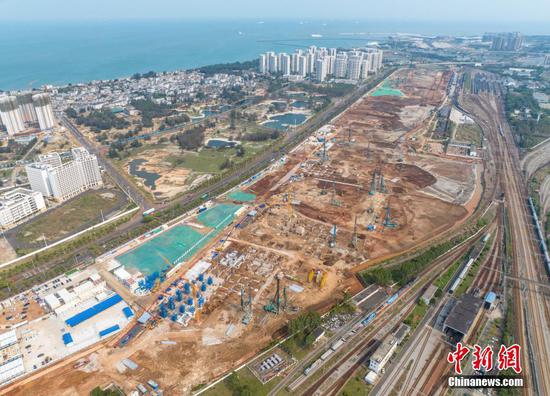
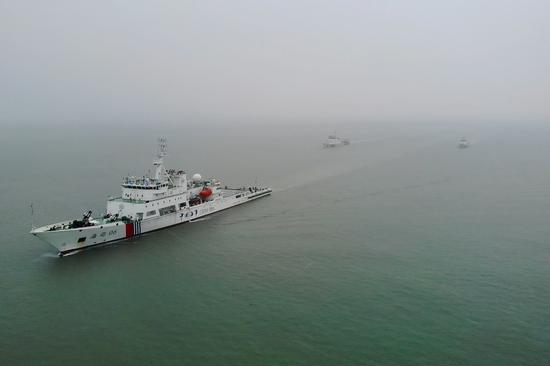
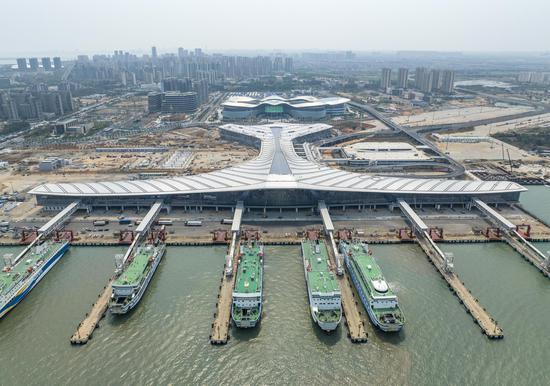
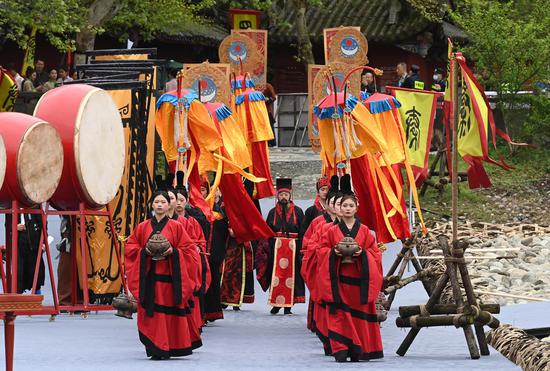


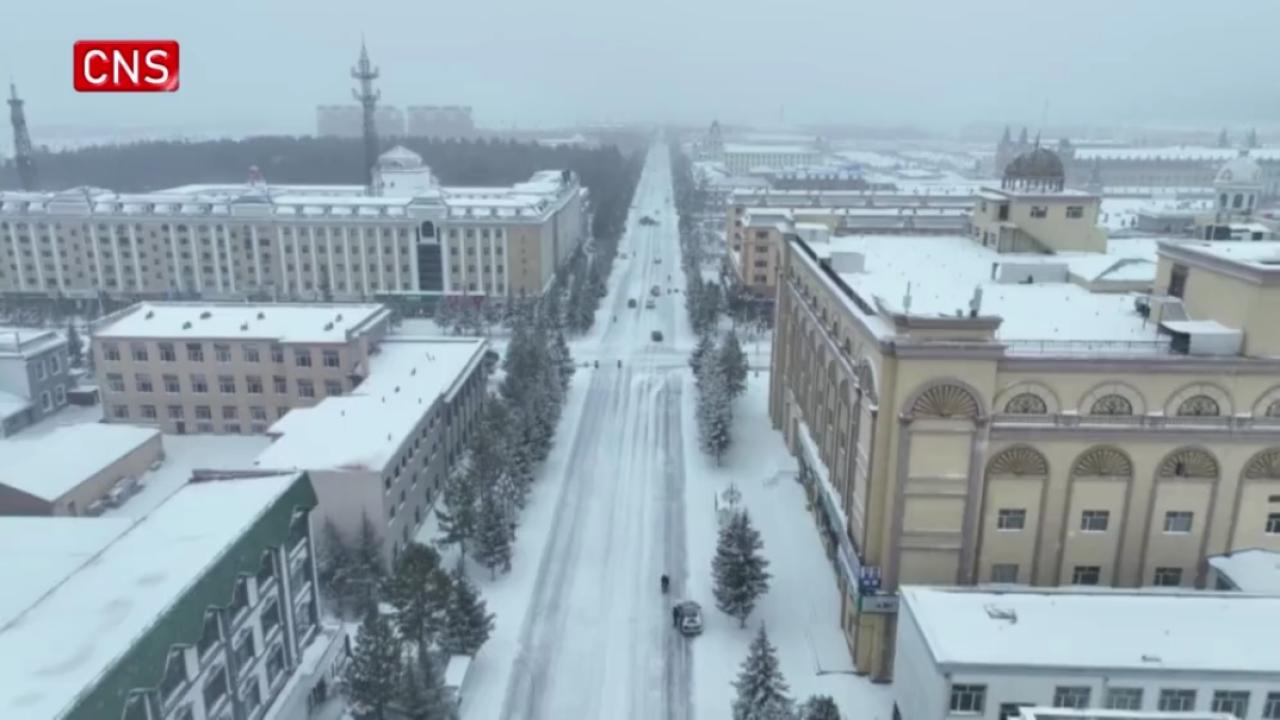

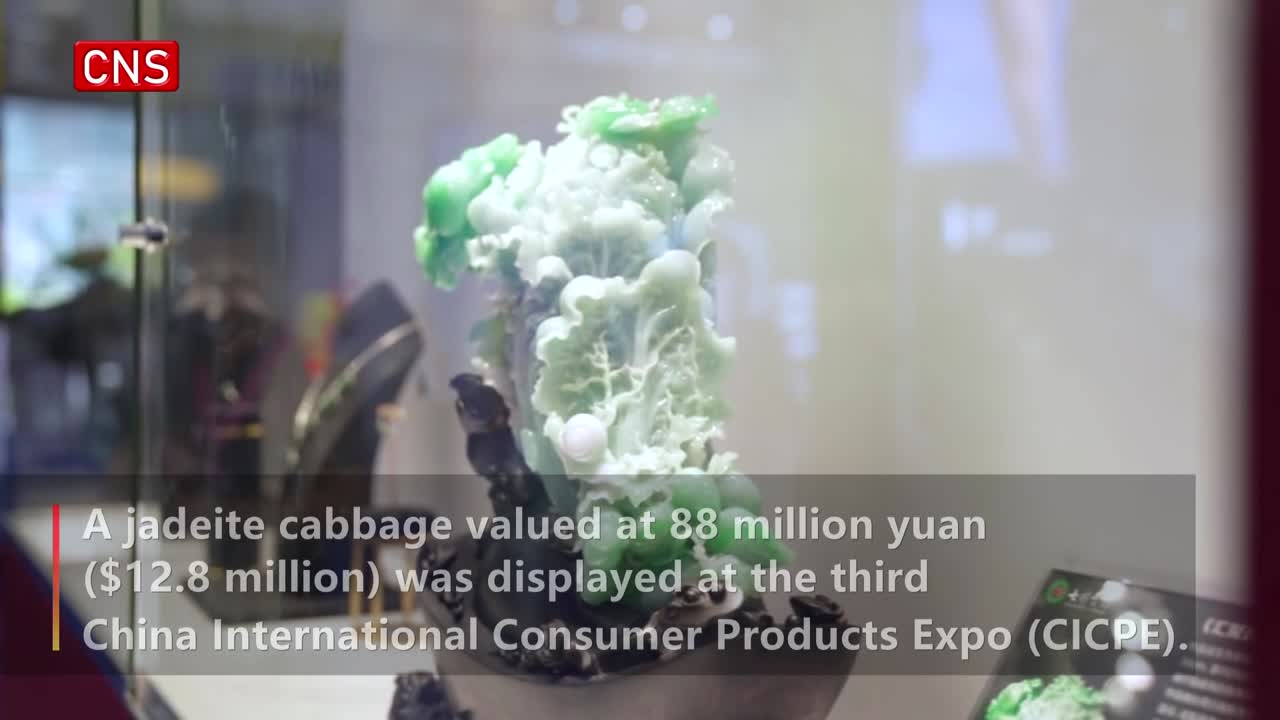

 京公网安备 11010202009201号
京公网安备 11010202009201号
